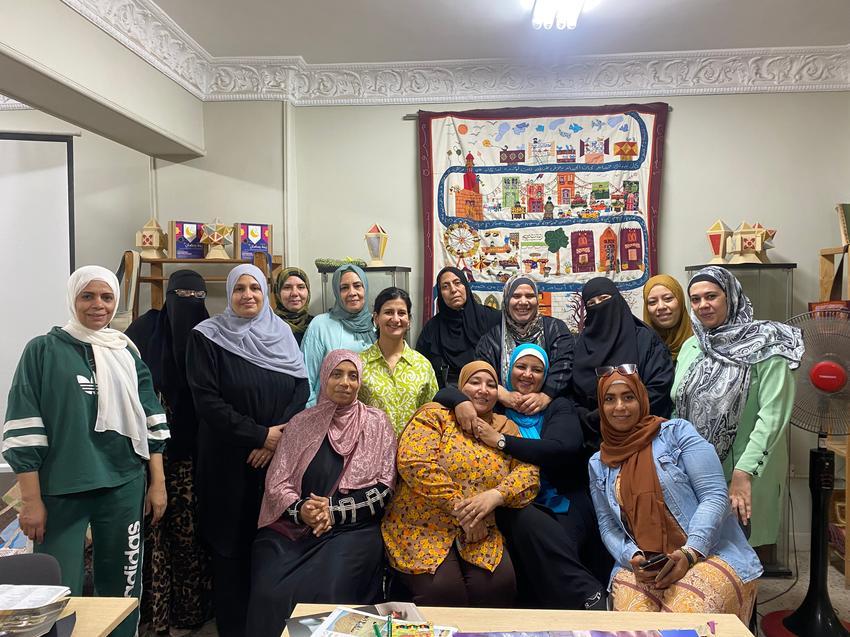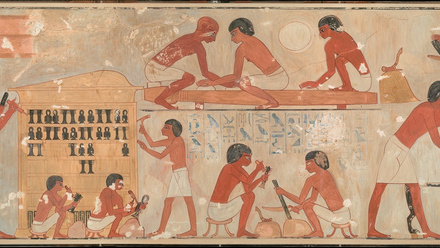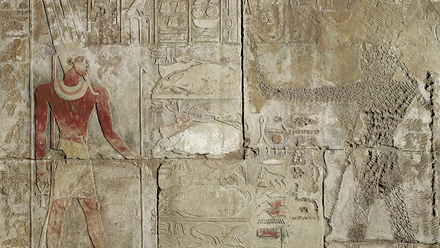Heritage Through Local Lenses
As part of her ongoing PhD research exploring the role of local communities in heritage preservation and management in the context of Egypt and the possibility for meaningful public participation in decision making, Dina Elhusseiny Abdelsalam received an EES Centenary Award to support the last phase of her data collection looking into how heritage is defined by local communities.
Built heritage is not a collection of isolated physical structures but living elements influencing the environment and the cultural and social fabrics. It is also a result of an active choice to preserve the past for future generations, embedding it in the collective memory and identity. Heritage, whether tangible or intangible, is made by the people and for the people. A continuous relationship exists between communities and heritage, where they constantly impact each other.
This project explores local communities, specifically women’s, definition of heritage through visual methods during a workshop in Al Khalifa, a residential area in Cairo with significant Islamic heritage sites.
The workshop was designed based on three insights from earlier fieldwork in the area. First, women’s presence in public spaces in Al Khalifa is limited, making them less accessible than men's. Second, semi-structured interviews with locals revealed that another method is needed to capture notions that are hard to formulate in words. Third, learning from Megawra Built-Environment Collective that women are active participants in activities and workshops, understanding whether engagement influenced their perception of heritage was an interesting point to enrich the research.

Accordingly, in partnership with Megawra Built-Environment Collective, a workshop was hosted to exchange views with Al Khalifa women (see above). It began with an introduction and discussions on the built heritage of the area followed by two main activities: photos elicitation and map creation using collage techniques.
During the introduction, participants shared oral histories and local legends highlighting their relation to Al Khalifa and reinforcing the interplay between the tangible and the intangible. The first activity encouraged participants to reflect on different types of built heritage; sacred, religious and non-religious; maintained, recently restored and deteriorated; across varying scales. the second activity invited them to answer the question 'what would you show an outsider visiting the area for the first time in a day?'. Women were divided in three groups of five and through collage and drawings expressed their perspectives, choosing specific tangible heritage and intangible experiences. The activity revealed local perception of Al Khalifa and sparked discussions in which themes of pride, ownership, and belonging emerged.



